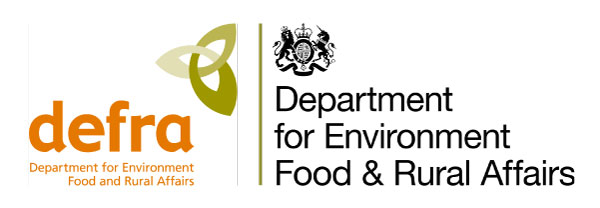Carbon Neutrality
You have implemented your Carbon Management Plan to reduce and avoid emissions. You have developed a Net Zero plan compatible with a 1.5 °C by 2050. What else can you do?
Carbon offsetting absolutely has a place as part of a carefully considered carbon emissions reduction plan where a company is unable to reduce certain operational emissions.
As an internationally-recognised market mechanism to help achieve carbon neutrality, carbon offsetting can play a significant role when not all emissions can be reduced in the short-term.
Case Study

ExCeL London, the UK capital’s largest events venue, has taken a significant step on its journey to net zero by becoming carbon neutral certified.
Carbon Offset Portfolios
Our experts can help you build a carefully curated portfolio of high quality carbon credits to meet your climate goals and achieve Carbon Neutrality. Examples include:-
Combined Portfolio
A mix of all 3 Portfolios, diversifying risk and providing the benefits of all, ie:
- Renewable Energy Portfolio
- Agriculture & Land Use Portfolio
- Sustainable Development Portfolio
Renewable Energy Portfolio
Carefully selected renewable energy projects in the developing world, eg:
- Windpower in Mongolia
- Waste to Energy in India
- Small Hydropower in Brazil
Agriculture & Land Use Portfolio
Carefully selected agriculture & land projects in the developing world, eg:
- Anaerobic digesters in Thailand
- Rice Husk Power in Cambodia
- Biomass in Chile
Sustainable Development Portfolio
Carefully selected sustainable development projects in the developing world, eg:
- School Cook Stoves in Uganda
- Home Solar Water Heating in India
- Home Cook Stoves in Malawi
DEFRA Carbon Offset Good Quality Criteria

Additionality – Projects must demonstrate that they have produced a saving in carbon that would not have happened otherwise.
Avoiding leakage – The project must demonstrate that it has not caused leakage / an increase in carbon emissions elsewhere.
Permanence - If the project could be impermanent, (e.g. forestry projects are at risk of disease or fire) then this must be addressed by the project developer or offset provider.
Validation and verification - The project must receive independent verification. The verifier must be an accredited and recognised independent third party.
Timing – Carbon credits should be ex-post, that is, they must only have been issued from the project after the emissions reduction has taken place.
Avoiding double counting – A registry must be used to register, track and permanently cancel credits to avoid double counting or double selling.
Transparency - Credits should be supported by publicly-available information on a registry to set out the underlying projects, the quantification methodology applied, independent validation and verification procedures, project documentation.
Source: HM Government Environmental Reporting Guidelines - page 115.





